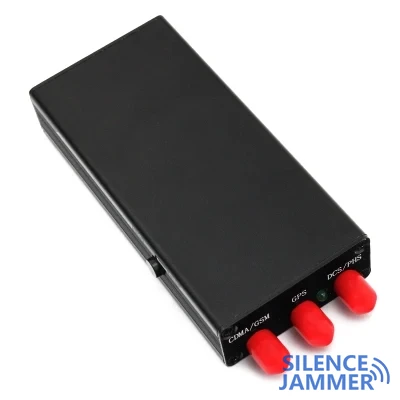Anti-drone jammers are showing their prowess on the India-Pakistan border
In recent years, with the continuous development of drone technology, terrorist organizations and criminals have begun to use this emerging tool to engage in illegal activities. signal jammerEspecially in the border area between India and Pakistan, drones have gradually become a means of transporting weapons, drugs and explosives. cell phone jammerTo deal with this threat, the Indian army has deployed anti-drone jammers and deception systems in Jammu and Punjab. After many tests, these systems have achieved satisfactory results and effectively prevented terrorist organizations from using drones for illegal transportation.GPS jammer This article will discuss in detail how the Indian military uses technical means to ensure border security and curb terrorist activities.
1. Background of the deployment of anti-drone systems
In early 2023, the Indian military and intelligence agencies tested domestic anti-drone jammers and deception systems in the Jammu and Punjab border area. Wifi jammerAccording to the Hindustan Times, the test results were encouraging, and these devices successfully intercepted drones carrying weapons, drugs and explosives launched from Pakistan many times.drone jammer Most of these drones are made in China and are used by terrorists to transport arms and drugs into India, further exacerbating security pressure in the border area.
The Indian military said they have purchased 30 sets of anti-drone jamming equipment for Jammu and Punjab respectively. These systems performed well during the three-month trial run and successfully blocked several drones that attempted to cross the border. These systems are particularly effective against terrorists trying to create unrest in Jammu and Kashmir.

2. Working principle of anti-drone system
Anti-drone systems mainly include two types of equipment: jammers and deception devices. Jammers disrupt the radio signals of drones, causing the drones to lose control and crash by interrupting their communication links with the operators. Deception devices hijack the drones' communication links by sending false signals, causing them to deviate from the intended path or lose navigation capabilities, thus forcing the drones to land in unintended areas. This multi-level jamming and deception strategy has effectively enhanced the Indian army's ability to deal with drone threats.
According to the Times of India, the anti-drone systems deployed by the Indian army on the western border have achieved all-weather operation with a detection range of more than 10 kilometers. The radar first detects the incoming drones through electromagnetic waves or radio frequencies, and then the jammers or deception devices effectively intercept them. These systems can respond quickly to the two key links of drones - GPS satellite navigation and operator communication links, causing enemy drones to lose control.

3. The severity of cross-border drone smuggling
On the western front of India, from Rajasthan through Punjab to Jammu, drone activities are frequent. Data shows that the number of drones discovered in 2022 has tripled compared to 2021, with about 300 drones detected. These drones are mainly used to carry weapons, explosives and drugs into the country, especially heroin and cocaine smuggled in the Afghanistan-Pakistan region, which has become a new challenge for India to combat drug crimes.